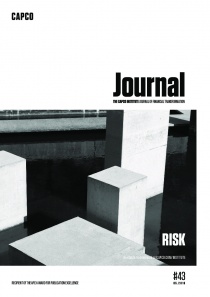The capital call for a private equity (PE) firm has been described in various modeling approaches almost entirely from the perspective of the investor, from the liquidity implications, in the context of Modigliani-Miller, a Merton type environment, or using forms of Markowitz allocation modeling. In most articles, the nature of the call option (written by the investor and owned by the fund), as it relates to providing liquidity, is assumed. This article narrows the discussion by focusing on the risk of PE firms during a financial or economic crisis. Two sets of options are analyzed. First, we examine the ability to call funds when opportunities arise during periods of market stress. Second, a PE firm’s highly flexible ability to “put” holdings to the markets, by waiting for more opportune times to do so, is discussed. Our aim is to better understand the market risk associated with any single PE fund and in aggregate the risk of the PE firm, with respect to these options held by the fund or firm. In an attempt to quantify the risk of the PE fund or firm it is essential to understand from various perspectives the option-like qualities of the contracts that the fund has with its investors. The conclusions should be obvious to the risk manager of a firm or fund, but are often blurred in an attempt to make these investments fit into simple VaR systems or more complex theoretical models. The implicit option-like characteristics create a set of offsets to potential mark-to-market losses as market volatility changes, especially with respect to markets in crisis. The old saw that a financial crisis is a “friend” of the PE firm is vindicated to some extent by the analysis in this article from the perspective of risk measurement and management.
PRIVATE EQUITY CAPITAL COMMITMENTS: AN OPTIONS-THEORETIC RISK MANAGEMENT APPROACH
Published: 01 May 2016
